So, I was thinking about how crazy it is that DeFi protocols have evolved from this wild west into something institutions actually want to touch. Seriously? Yeah, it caught me off guard too. Initially, I figured these decentralized setups were too volatile and fragmented for big players. But then, I stumbled on how browser extensions, especially ones like the okx extension, are smoothing the path for institutions.
Wow! The thing is, most retail users barely scratch the surface of what these tools do. Institutions? They need layers of security, compliance, and seamless integration that most regular wallets just can’t handle. So, how do browser extensions fit into this puzzle? Well, they’re becoming the bridge between complex DeFi protocols and user-friendly access.
Let me walk you through my thought process here. At first glance, browser extensions seem like just quick wallets or connectors. But actually, they’re mini ecosystems packed with features—think multi-chain support, built-in analytics, and direct protocol integrations. This makes them indispensable for institutions wanting to dabble in DeFi without getting lost in the weeds.
Here’s the thing. The industry’s been clamoring for better security tools. And while cold wallets are great, they don’t exactly scream convenience. These smart extensions balance security and ease-of-use, which is very very important when you’re moving large sums or complex instruments.
Hmm… something felt off about the usual setups. Most extensions I tried were either too basic or too buggy. But with the okx extension, I noticed a smoother user experience and tighter integration with DeFi protocols. This isn’t just luck—it’s design targeted for serious users, not just casual hodlers.

From Personal Use to Institutional Necessity
Okay, so check this out—my first dive into using these tools was out of curiosity. I was poking around decentralized exchanges and yield farming platforms, and it was a mess having to juggle multiple wallets and interfaces. Then I found extensions that consolidated everything, but still lacked institutional-grade features. That part bugs me.
On one hand, retail users want simplicity; on the other, institutions want robustness. The okx extension tries to thread that needle by offering advanced tools without overwhelming the user. Initially, I thought, ‘Sure, this is just marketing hype.’ But after testing with multiple DeFi protocols, the depth of integration really impressed me.
Actually, wait—let me rephrase that. The extension isn’t perfect, but its approach to connecting users directly to protocols, handling asset swaps, and managing permissions feels more polished than others I’ve seen. Plus, the security layers, like hardware wallet compatibility and transaction previews, make it less risky for big players.
Something else: the extension’s ability to manage multiple accounts and networks without constant switching is a huge time saver. It’s a subtle thing but very very important when you’re running complex strategies or managing client funds.
Here’s a weird tangent—these tools sometimes remind me of the early days of brokerage platforms shifting from clunky desktop apps to sleek web interfaces. The momentum shift is palpable. Institutions are now willing to experiment in DeFi because the tools have finally caught up to their needs.
DeFi Protocols and Browser Extensions: A Symbiotic Relationship
Let’s talk about DeFi protocols themselves. They’re getting more sophisticated, but complexity is a double-edged sword. Without intuitive access, even the best protocols struggle to onboard users, let alone institutions. Browser extensions become the front door—offering a seamless, secure passage.
My instinct said that better UI/UX alone wouldn’t be enough. Actually, it’s the combination of protocol APIs, wallet management, and transaction security baked into these extensions that creates real value. The okx extension nails this by embedding protocol-specific features, allowing users to stake, lend, or borrow without leaving their browser.
Whoa! Imagine the time saved when you don’t have to hop between dApps or manually sign every tiny transaction. For institutions, time literally is money, and reducing friction can mean the difference between profit and loss.
Initially, I thought gas fees and network congestion would be the biggest blockers. But it turns out, the user experience gap was just as big. These extensions are working to close that gap with built-in fee optimizations and transaction batching. Though actually, these features are still evolving, and there’s room for improvement.
Oh, and by the way, regulatory compliance is a looming shadow here. Some extensions are starting to integrate KYC/AML features, which might seem at odds with DeFi’s ethos but are unavoidable for institutional adoption. The okx extension is quietly preparing for this shift, which is smart.
Wrapping Thoughts (But Not Really)
Honestly, I’m still digesting how browser extensions might shape the next wave of DeFi. They’re not just wallets or connectors anymore; they’re becoming full-fledged hubs that blend ease, security, and functionality. Institutions are paying attention, and that changes the game.
Something about this evolution feels like we’re on the cusp of something big, but it’s not all sunshine. There are usability quirks, security questions, and regulatory puzzles still hanging. Still, these tools, especially the okx extension, are moving us closer to a DeFi world where institutions and everyday users coexist with less hassle.
So yeah, if you’re a user of browsers and you want a taste of institutional-grade DeFi access, trying out such extensions might be your next smart move. I’m biased, sure, but convenience and security usually win in the end… or at least keep you sane in this wild crypto ride.
